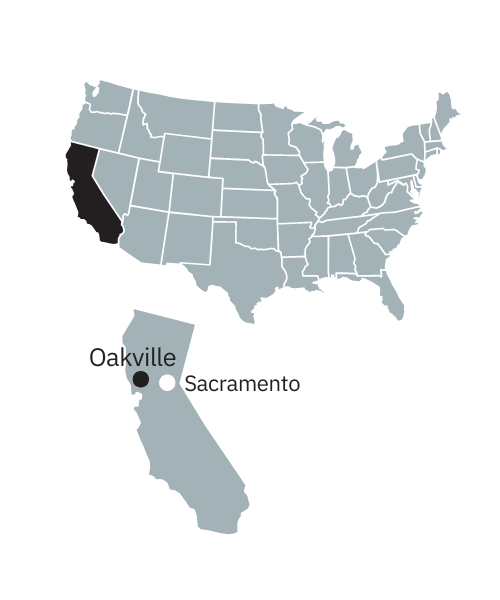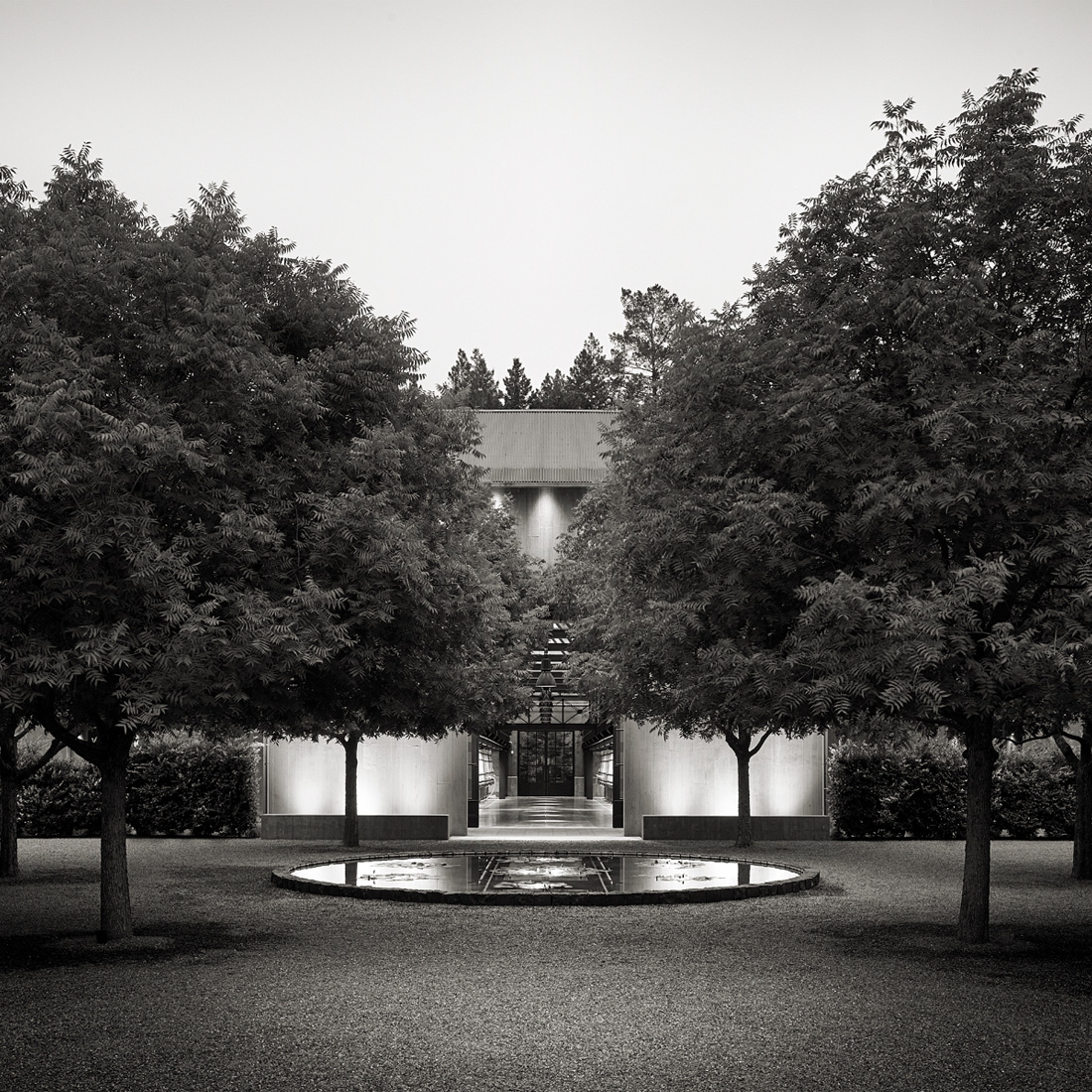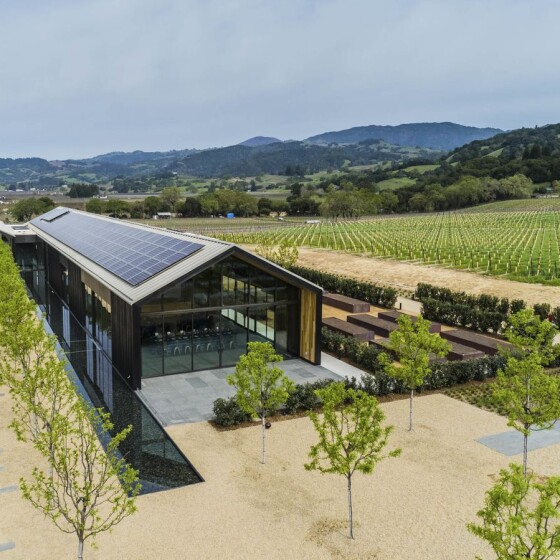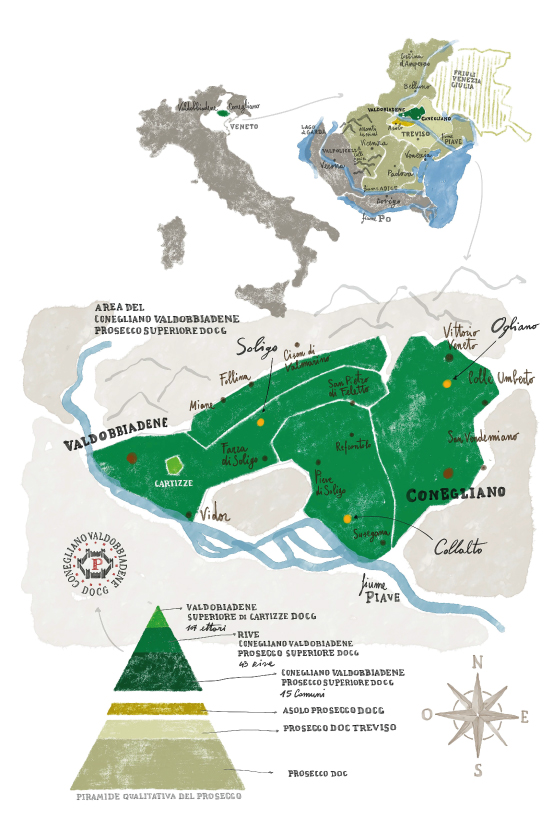
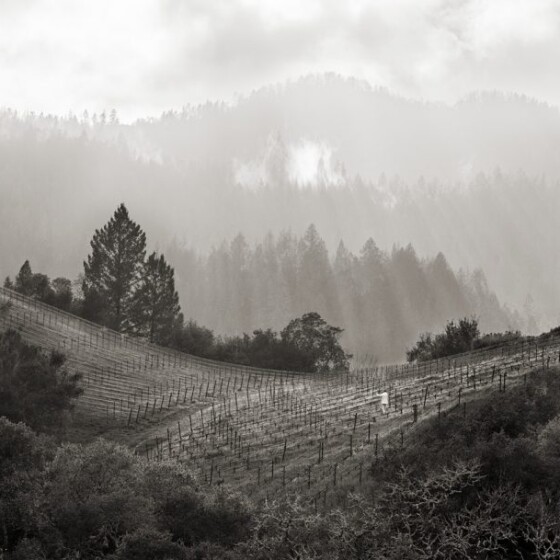
THE COMPANY
In the early ̕80s H. William Harlan, while hiking along the southwestern ridge of Oakville, discovered this magnificent isolated territory: a hidden, ancient and wild expanse that for a long time was his recurring thought. In 2008 the large estate was purchased, and to no one’s surprise an extraordinary geological convergence was found at the center of this wilderness area, creating the conditions for a completely exotic viticultural environment. Hence the decision to start a wine project of excellence in an area, albeit within the Napa Valley, that is very different. Promontory’s wines reflect the many aspects of the land: the native forests, the moisture of the ephemeral mists and the minerality of the geological foundations. These disparate facets in symphony provide a natural balance of freshness characteristic of this great wine.

